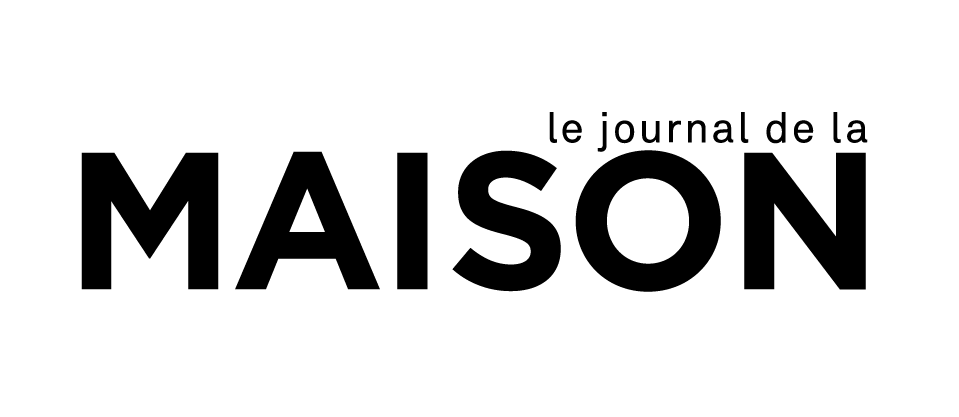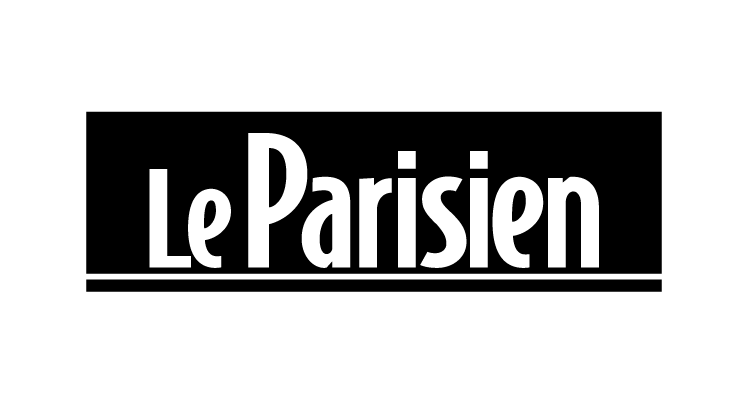Hyperrealism wall Art, canvas prints & paintings

hyperrealism fine art prints and canvas prints
Hyperrealism is an art movement born in the United States in the late 1960s. In the early 1970s, the term was used to designate artists who were keen to convey the realistic representation of reality in painting and sculpture. In practice, this will is expressed by a search for the rendering of light effects, colours and textures. This research results in an apparently tangible representation, which gives the illusion of reality. This way, hyperrealistic works tend to subscribe the artist to the artistic process in order to render the world as objectively as possible. These works are similar to photographs, an area that has greatly influenced the movement. Artists often make their work from photographs. Hyperrealism was officially established at the Realism Now exhibition at the Vassar Art College Gallery in New York. Its principles quickly spread, particularly in France. In 1971, the Paris Biennale welcomed hyperrealist painters and sculptors.
The exceptional quality of our canvas prints & artprints respects the complex lighting effects, extreme detail and photographic precision of the artists. Every nuance of color, reflection and texture is transcribed with such perfection that the illusion of reality comes to life before your eyes. This impeccable quality gives your interior a highly sophisticated touch, inviting the viewer to question what is real and what is not.
famous hyperrealist artists
Max Ferguson is an artist born in New York. He grew up on Long Island and studied animation at NYU. He is the son of the lawyer Richard Ferguson, born in 1912, who is often the subject of his paintings. He also paints very often is hometown. In order to produce his work, Max Ferguson follows a very precise process. Although he prefers to "work from life", the artist uses photographic studies which he combines and alters to obtain a drawn "life-size cartoon". This first model is then transferred to canvas. Max Ferguson paints by applying successive layers of paint. The first two layers are called 'monochromatic underpaintings' and consist of applying white, black and burnt umber paint. The third layer is a "colour underpainting". The artist then applies the colours to the canvas. This stage can include one or two layers of paint. The use of this technique allows the artist to obtain a very detailed result. Indeed, Max Ferguson's works have an almost photographic finish and look like windows into reality. His sources of inspiration include the painter Edvard Hopper, from whom he takes the suspended-in-time atmosphere of New York scenes, and seventeenth-century Flemish genre painting, from which he takes the precise representation of details. Like Max Ferguson, Australian-born artist Catherine Jenna Hendry also works with photographs to guide her drawing. CJ Hendry creates monumental hyper-realistic works, representing luxury objects. She is also known for her artistic experiments with colour. She uses paper on which she adds several layers of ink, called "scribbles". Arinze Stanley is also a hyperrealist artist. Born in Lagos, Nigeria, he creates strikingly realistic drawings that at first glance look like photographs. For him, his art is "né du zèle pour la perfection dans la compétence, l’expression et le dévouement pour créer des changements positifs dans le monde".




















































